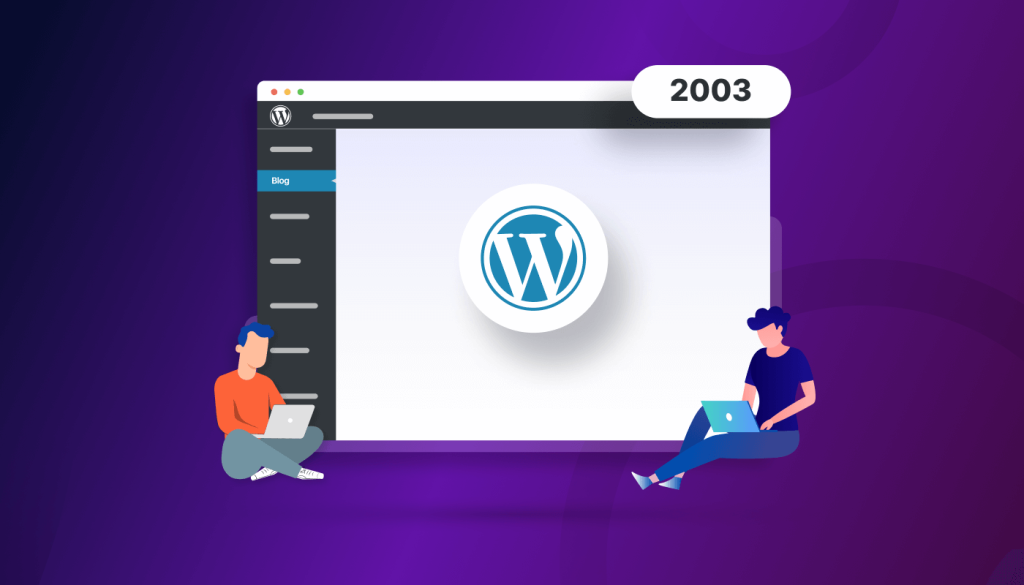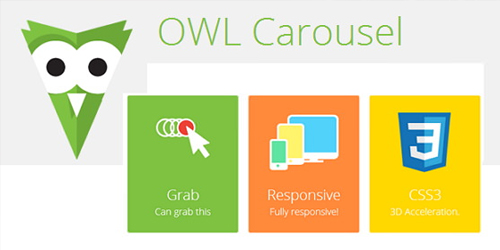WordPress is an open source content management system and new versions are constantly released. Each new release includes performance-enhancing features, security improvements, and bug fixes. However, using the correct WordPress version is critical to the health and security of your website. So, which version should you use and what should you pay attention to in version updates? Here's what you need to know:
Differences Between the Latest Version and Older Versions:
Each WordPress version offers better performance provides new features and security updates. Using the latest version can especially improve the security and speed of your site. However, older versions are also sometimes available for certain needs. Here are some key differences:
Security Improvements: Older versions can often have critical vulnerabilities. With each new version of WordPress, previously detected vulnerabilities are closed. Therefore, using the updated version makes your site safer from potential threats.
New Features and Functionality: Latest versions, new features and improvements presents. For example, the Gutenberg editor is much more flexible and user-friendly than older versions. Additionally, new versions offer improvements in areas such as SEO, speed, and mobile compatibility.
Performance Improvements: New versions come with optimizations that will increase the speed of your site. . Older versions can often consume more resources and run slowly.
Compatibility Issues: Old versions may be incompatible with new themes and plugins. Especially newly developed themes and plugins may be designed to be compatible only with the most current version.

2. Things to Consider When Making Updates:
WordPress updates are important, but there are a few important points to consider during the update process:
Make a Backup : Any problems may occur during the update process. That's why it's critical to take a full backup before you start updating your site. Thanks to backup, you can restore the site to its previous state if you encounter any problems. Backup plugins like UpdraftPlus make this process easier.
Use a Testing Environment: Especially with major updates, you may experience incompatibility issues with plugins and themes on your site. Before applying the update to the live site, it may be useful to try it in a test environment. In this way, you can detect possible errors in advance.
Update Plugins and Themes: Before updating WordPress core, check whether the plugins and themes used are up to date. do it. Old plugins and themes may be incompatible with new WordPress versions. Tools like Plugin Update Checker can help you check the compatibility of your plugins.< /p>
Rollback Option: If problems occur after an update, WordPress offers the opportunity to roll back to older versions. However, reverting to older versions may cause you to lose some features, so it is important to follow updates carefully.
Make Updates Regular: WordPress is usually automatic. It supports updates, but in some cases you may need to perform manual updates. Making regular updates protects the health of your site and minimizes security vulnerabilities.




